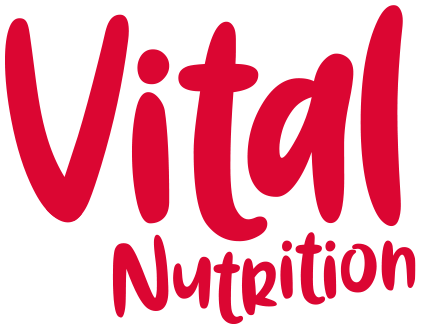Fasting and celebrating good food
With Valentines day and Shrove Tuesday falling within days of each other, there’s been plenty of opportunity to overindulge on sugar and refined carbs this weekend, whether you are celebrating, comfort eating or bingeing on whatever you have decided to give up for lent.
But what if we looked at out treat days in a different way? What if a treat was to nourish ourselves and the thing we gave up for lent was dieting. Instead what if we adopted a new attitude to the food we eat and looked at it as something to give us heath, rather than something to feel guilty about after we have overindulged?
Never being a fan of the schmooze of Valentines Day, it usually goes unnoticed in our house, but Pancake Tuesday, now there is cause for celebration. Who doesn’t love a pancake, hot from the pan with your favourite toppings.
Traditionally of course, Shrove Tuesday signified the feast before the famine of lent. A time to fast and meditate on the meaning of Christianity. Whether you are religious, atheist, or somewhere in between, there could be something to learn from the traditions and ritual of lent.
Intermittent fasting
Fasting is a hot topic in nutrition, with research into intermittent fasting revealing its potential health benefits for cardiovascular health, auto-immune conditions, inflammation and weight loss.
If you have never tried fasting before, a good introduction to this concept is to fast from dinnertime to breakfast time, aiming to eat within a 12 hour window without grazing on junk from the comfort of your sofa. So if breakfast is 7am, then finish all your food for the day by 7pm.
If this suits you and feels good, then try stretching your fasting window a little longer, with a later breakfast, maybe around 9am and see how that feels. For many of us, the idea of not eating breakfast goes against the grain, but this could be just the thing that helps reset our balance.
Of course this doesn’t mean to say you can get away with eating processed food and junk. What you eat is still important and when you eat will not negate the effects of a bad diet. Aim to include at least 5 portions of colourful fruit and vegetables, have a palm size portion of protein with every meal, choose low GI carbs (stuff with fibre) and include some healthy fats most days.
Keep sugar to a minimum and eat real food - less stuff that comes in packets, and more stuff that comes from the ground.
Intermittent fasting is not about cutting back on the quantity or quality of food you eat, just shifting the balance a little.
Give something up
For plenty of people, lent means giving something up - chocolate, crisps or cheese! What about spinning it the other way and add something into your diet. Something that will add a little pop of nutrition to your diet.
Eat more healthy fats like olive oil, oily fish, nuts and seeds
Switch to low GI wholegrain carbs
Eat green vegetables at least once a day
Eat more herbs and spices - garlic, turmeric, ginger, cinnamon, thyme and rosemary are good places to start
Drink enough water
Eat mindfully
If you tend to stand in the kitchen to eat your breakfast, wolf down lunch as fast as you can and hoover up your dinner so quickly there are sparks flying off your knife and fork, perhaps the thing to learn from lent it to take it easy, Slow things down. Be more mindful. Eat consciously. Enjoy your food.
Enjoy your pancakes!
This blog post first appeared as my column in The Irish News on Saturday 13 February 2021.

